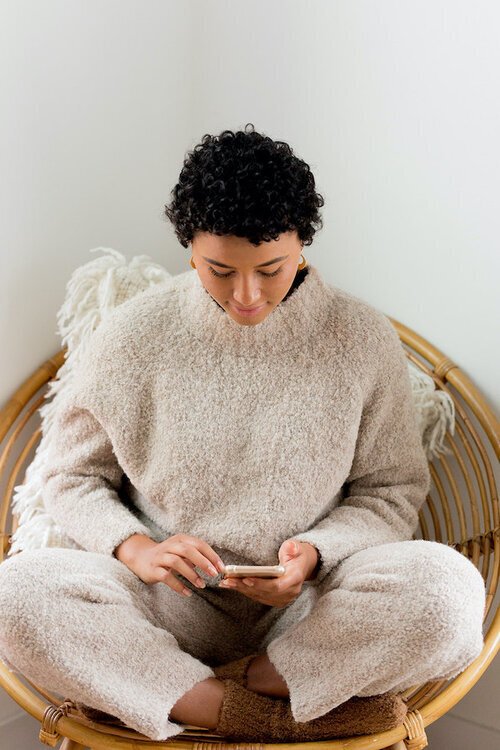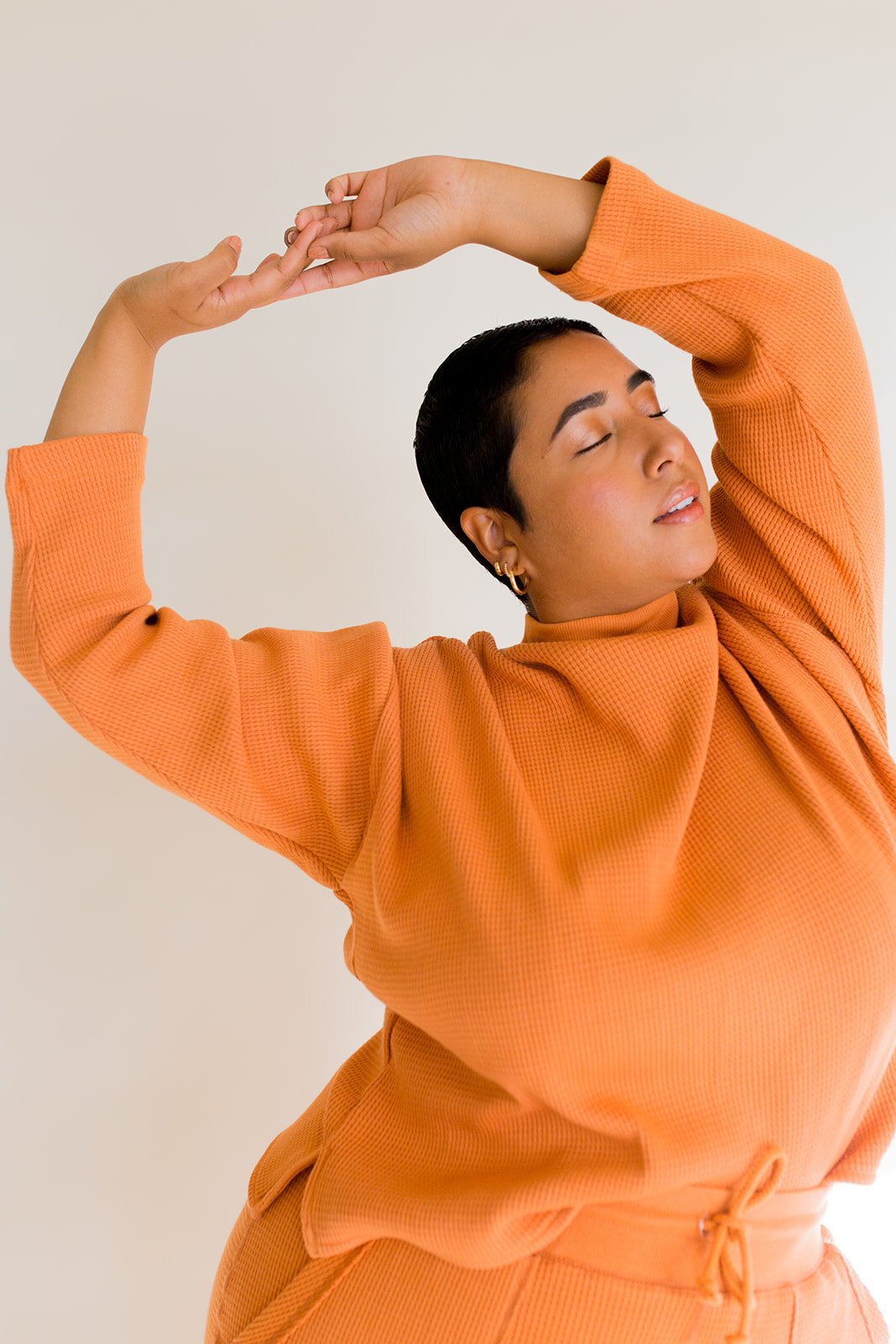
Everything You Need To Know About Using Mobile Apps For E-Therapy
The Pros & Cons Of Using Mobile Apps For E-Therapy
Advancements in technology and e-healthcare are making it easier to access several medical professionals sooner. Recently, there’s been an increase in app and video-chat mental health services—providing a faster (and sometimes more accessible) way to speak with a therapist. There are pros and cons to going this route that are worth considering when looking at the best option for you.
In the past, I’ve used Talkspace and Skype to connect with a counselor by phone or laptop. I’ve also seen therapists in-person over the years during different life transitions. All of those experiences taught me a lot about self care and what services work well for me. As a busy bee with several moves under my belt, these over-the-phone options made getting help a lot easier and more convenient.
Apps like Talkspace have therapists for couples, individuals and even teen-specific programs. When you sign up, you have to fill out a questionnaire that’ll see if you’re a fit for the platform. If you meet the criteria, you’ll be able to chat with your designated therapist by video chat, phone call, voice message, or text. The criteria is mostly based on the severity of the case and the care needed; for more advanced concerns and diagnoses, in-office treatment might be required.
“[E-therapy] helped me gain confidence…and gain the tools to better handle anxiety.”
I used the therapy apps during moments of transitions that caused some anxiety. The first time was for a three-week period after I graduated from college and was questioning my purpose outside of my identity as a student. The second time was for four months after moving to a new town to start a new job and going through a few questionable dating moments. Both experiences helped me gain confidence, put myself out there again, become comfortable with my emotions, communicate more effectively, and gain the tools to better handle anxiety.
I opted for the video sessions once a week and also utilized the option to text chat with my counselor. It was great having longer video sessions, but also being able to text however much I needed to throughout the day and get one or two responses from my counselor within a few hours. The texting option felt a lot like journaling and like texting a trusted mentor or friend that was non-judgmental.
Positive Takeaways
Using the therapy apps from my phone was extremely accessible. I was matched with a counselor within 24 hours and was able to vent about problems I didn’t want to overwhelm my friends with, both big and small. I found a certain element of anonymity with the apps versus in-person visits, like I could get more raw emotions out through text that I might be too embarrassed to share in-person. I still felt heard and validated, but in a different way than in-person.
“I loved that I didn’t have to change my routine; I could video-chat or text after work in a comfortable environment.”
Overall, I felt like I was able to work through some of my concerns faster by having the option to contact someone more regularly than once-a-week in-person visits. I also loved that I didn’t have to change my routine; I could video-chat or text after work in a comfortable environment. Like in-person therapy, my e-therapist sent me worksheets to complete through the app and used Cognitive Behavioral Therapy and mindfulness practices. I could measure the improvements after four months and they were pretty significant. One major pro was that I felt my friendships grow stronger and I felt more confident and assertive. We got to the root of my anxiety, even over video chat.
Luckily, there are thousands of therapists all over the world to choose from that treat a variety of concerns, from couples counseling to career confusion, or managing a prior diagnosis. You can also easily change therapists if you aren’t feeling a connection.
Some Limitations
There are several limitations with apps for therapy. Each app has a criteria that you must meet in order to be seen, which is for your safety and for liability concerns. Typically, they’re able to assist you with a life transition, difficult time, anxiety or depression, or help with the management of a previously diagnosed and treated mental illness, among other things. However, they typically won’t diagnose and cannot treat some conditions. These apps usually aren’t covered by health insurance, while some in-person therapists are. While I found the cost to be cheaper than my previous out-of-network therapist, it’s about double the cost I’d be paying if I saw an in-network provider in-person.
Another con is that it can be easier to be less transparent and truthful over the phone. If you’re primarily using the texting feature with your therapist, miscommunication can happen on both ends as you get to know each other. Even if you choose to video chat, there’s still a barrier (like if you were Facetiming a partner versus spending time together). When you’re in an office, it’s easier for them to pick up on physical cues, body language, and tone which could enhance your treatment. Sometimes, it’s easier to be honest when you have someone staring right at you that is familiar with your temperament and can pick up on little differences.
“Therapy should help you feel empowered to develop skills to navigate through life in a way that’s healthy for you.”
Overall, it’s important to know what you want out of therapy and to know what it is and isn’t. Therapy should help you feel empowered to develop skills to navigate through life in a way that’s healthy for you. Therapists won’t tell you what to do per se, or how to live your life, but they’ll listen to you so you can find those solutions together. You’ll get the most out of therapy when you can be vulnerable and honest, so whichever option or combination of options allows you to do that the most is the right one for you. It’s a courageous thing to prioritize your mental health. Congrats to you for taking the first step to learn about the different options available!
Leah Thomas is a contributing writer at The Good Trade with a passion for wellness, inclusion and the environment. She works on the communications team at Patagonia and is a sustainable living blogger at Green Girl Leah. You can connect with her on Instagram @GreenGirlLeah



